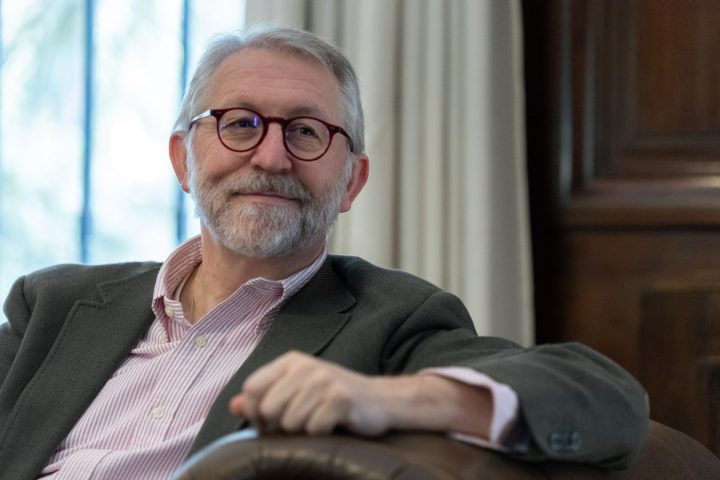The world in 2030? What to expect over the next five years
- Patrick Trancu

- Apr 27
- 2 min read
How will the world look in just five years' time — in 2030? Which major trends are already underway, and what potential crises could they trigger? The World in 2030 report, recently published by the Bank of America Institute, offers some compelling insights.
As we approach the end of the decade, the next five years promise to be truly unprecedented. According to BofA Global Research, we are entering a period where the old paradigms will be overturned. The rules governing economic, strategic, and thematic megatrends are being rewritten, reshaping the future of society in profound ways.
If the first half of the 2020s has been characterized by macroeconomic policies such as quantitative easing, GDP surges, and inflationary shocks — largely in response to a global pandemic — the coming years will mark a decisive shift toward more "micro" themes.
This transition will demand new approaches to strategy, investment, and risk management. Understanding these dynamics today is crucial to navigating the challenges — and opportunities — of tomorrow.
the AI revolution,
digital insecurity,
the growing need for resources (such as water, energy, and bandwidth),
the need to modernize infrastructure,
populism (understood as less globalization, reduced immigration, and decreased independence of central banks),
war and peace (with ongoing protectionism and the end of "forever wars"),
the rise of Zoomers and Boomers,
health as the new form of wealth.
These are the eight themes that, according to Bank of America analysts, will shape our world over the coming years through 2030.
From a crisis management perspective, the digital realm continues to represent the greatest potential source of critical events. The analysts write:
«Can you imagine ending the decade with the 'death' of privacy, a revolution in the labor market, ten deepfakes for every person on the planet, and cybercrime becoming the world's third-largest economy? It’s no surprise that many of us feel more anxious than ever about technological risks, considering everything: cyberattacks, AI agents replacing human workers, the spread of fake news and disinformation, and social media dependence leading to loneliness.
The global cost of cybercrime is projected to rise to $15.63 trillion by 2029–2030. At the same time, a deepfake attack attempt occurs every five minutes, with the number of deepfake videos doubling every six months since 2018. Damages caused by deepfakes are expected to reach $40 billion by 2027.
The rise of generative artificial intelligence is giving birth to a new 'threat landscape.' Could cybersecurity become the digital black swan between now and 2030?»
Download the report here ⤵️




